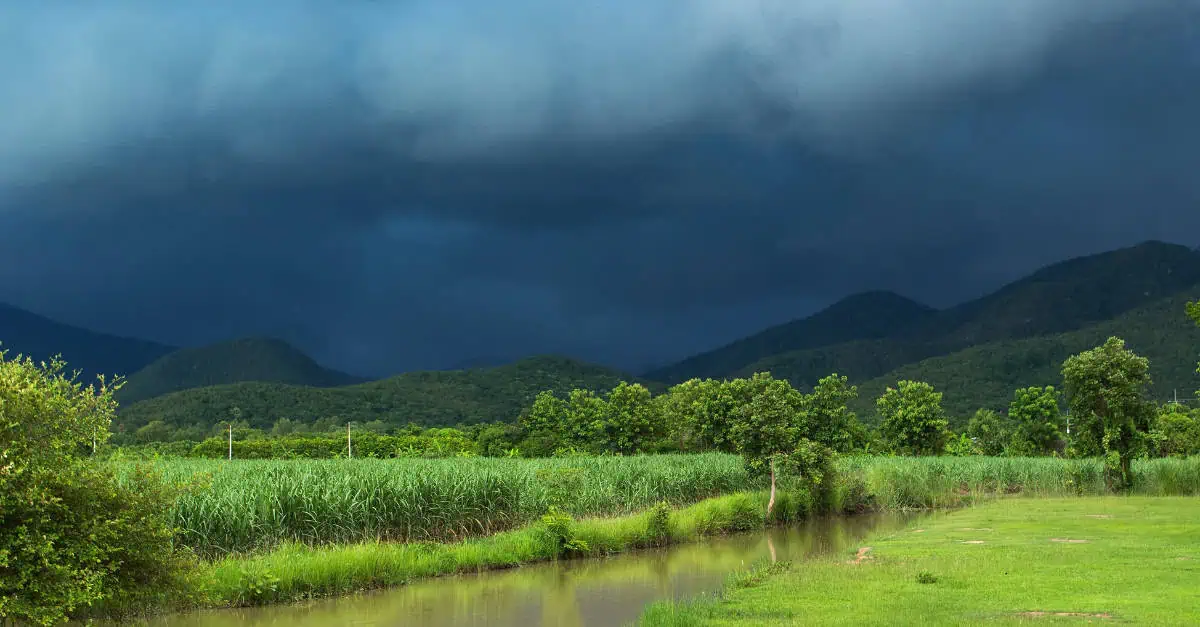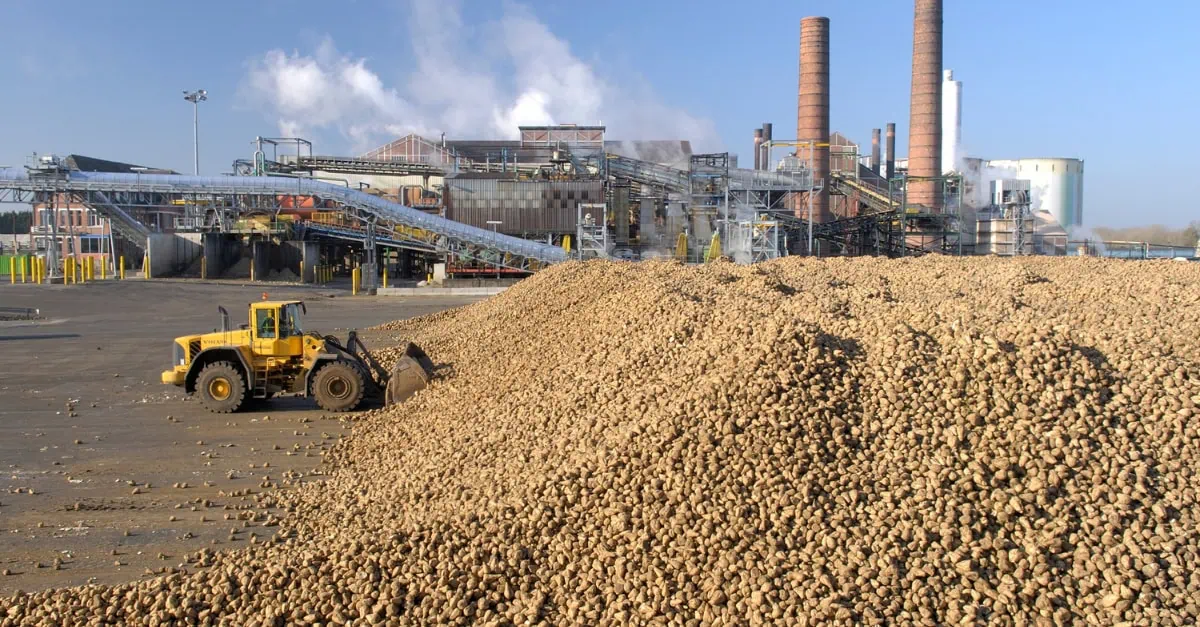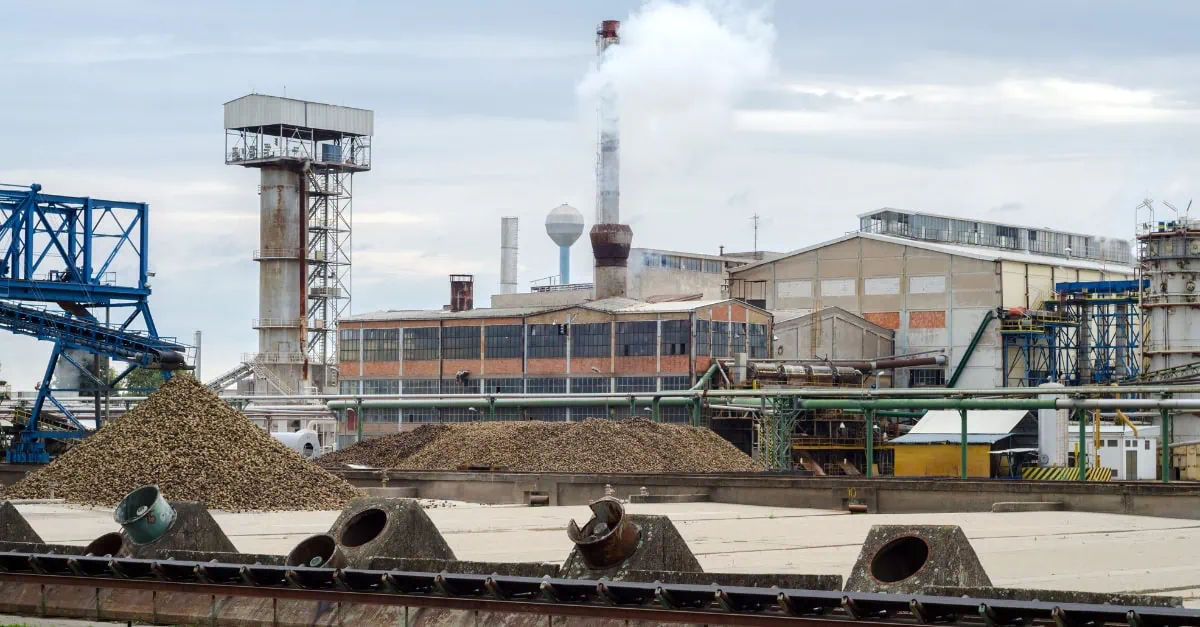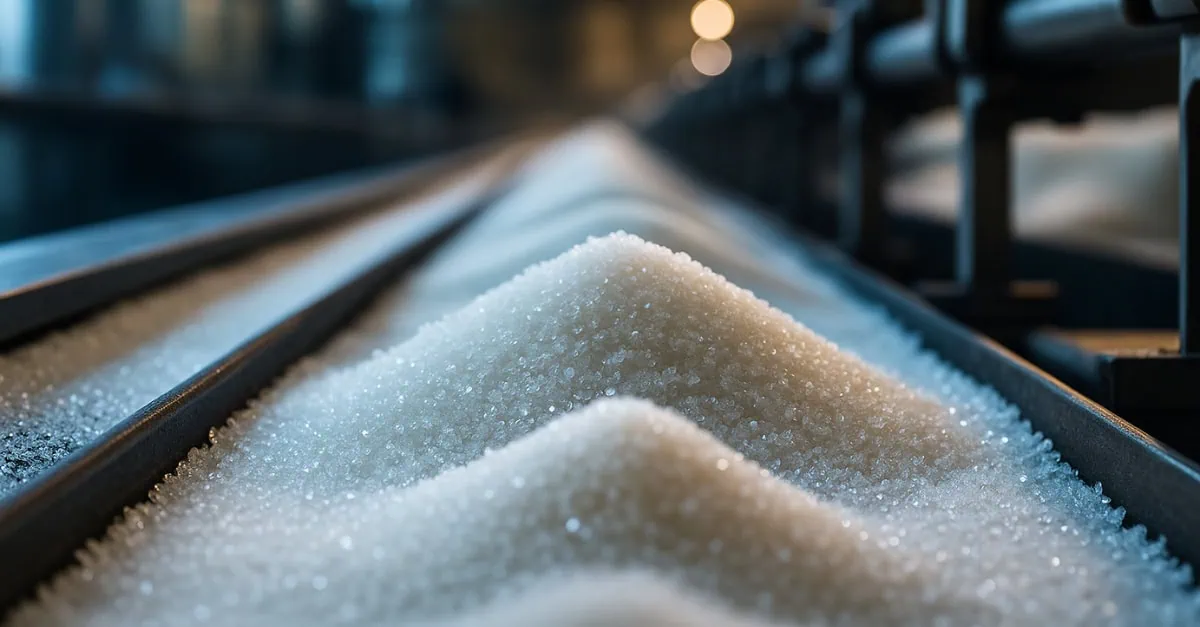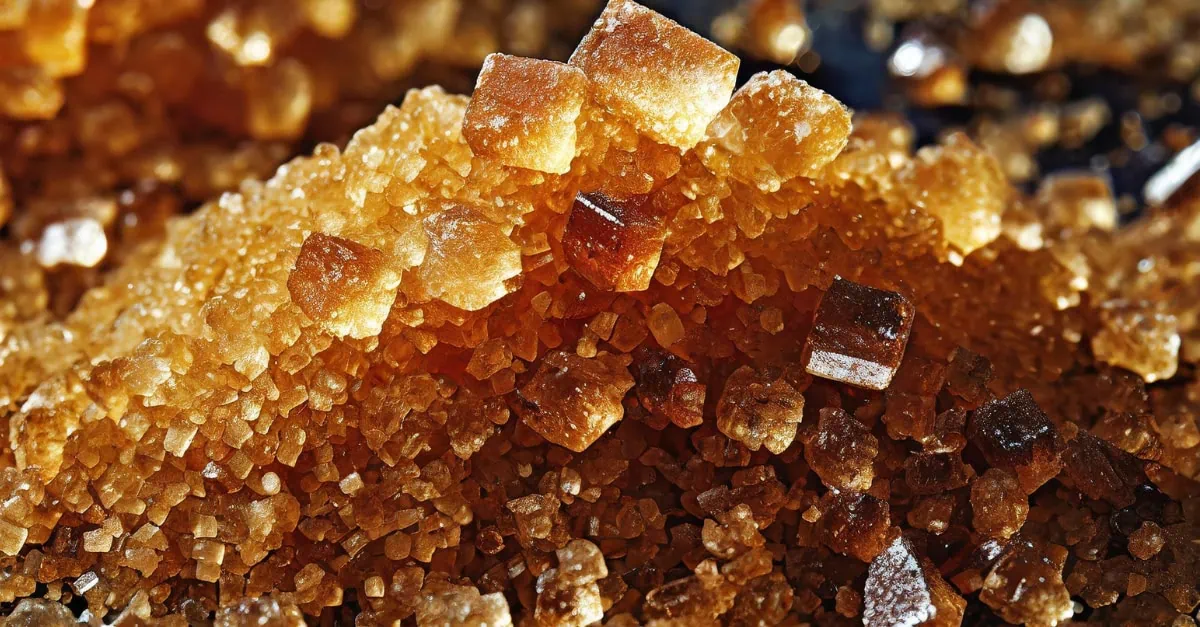The likelihood of La Niña occurring in the second half of the year has increased to above 80%, which is expected to bring significant weather changes impacting sugar production in major regions. Central-South (CS) Brazil is projected to experience below-average rainfall, which is bullish for sugar prices due to anticipated lower yields. Historically, La Niña has led to dry conditions in this region, potentially affecting the 2025/26 crop and reducing the supply available for the market
In the latest reports, CS Brazil’s sugar production has shown a robust performance, with an 11.1% increase in cane crush and an 11.8% rise in sugar output compared to the same period last year. However, production in the latter half of May fell below market expectations, highlighting concerns about potential overestimation of crystallization capacity and the impact of dry weather on cane conditions. The cane crush in the second half of May was 45.19 MMT, down 3.36% year-on-year, with sugar production at 2.70 MMT, down 7.72% year-on-year.
Conversely, Southeast Asia, including India and Thailand, is expected to receive above-average rainfall, which is bearish for sugar prices due to potentially higher yields. Excessive rainfall can enhance cane growth, increasing production volumes. However, it can also lead to challenges such as waterlogging, which may impact cane quality and harvesting efficiency.
La Niña’s impact is dual-faceted: while it may reduce output in Brazil, pushing prices up, it could increase production in Southeast Asia, potentially stabilizing or reducing prices. The balance between these opposing effects will shape the global sugar market in the coming months, making it crucial for stakeholders to monitor weather developments and production forecasts closely.
Monitor the impact of a possible La Niña on Vesper, with live price and weather updates.
